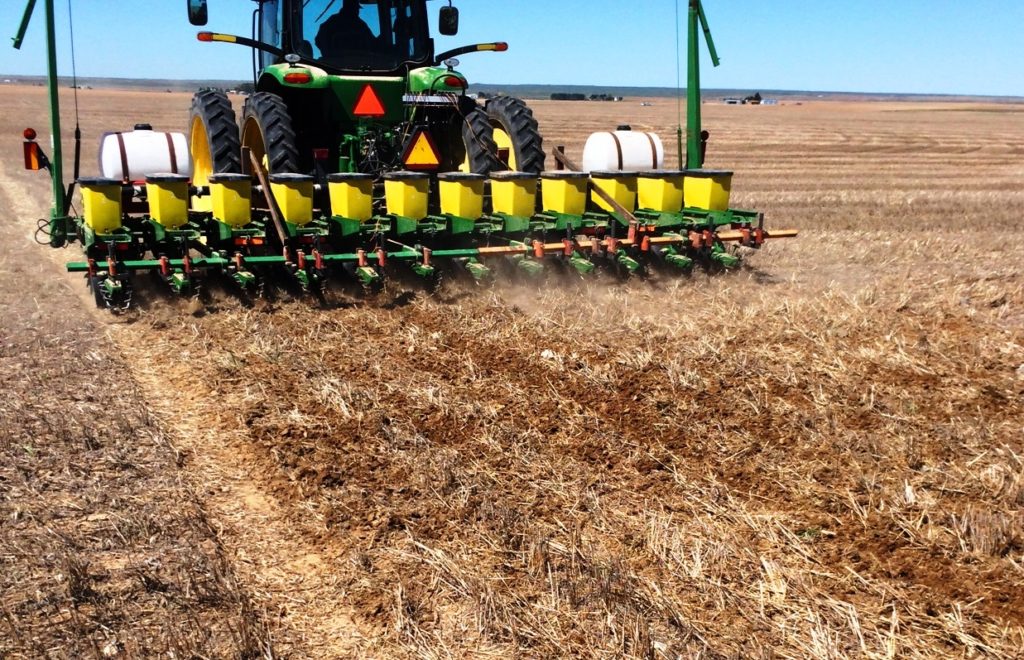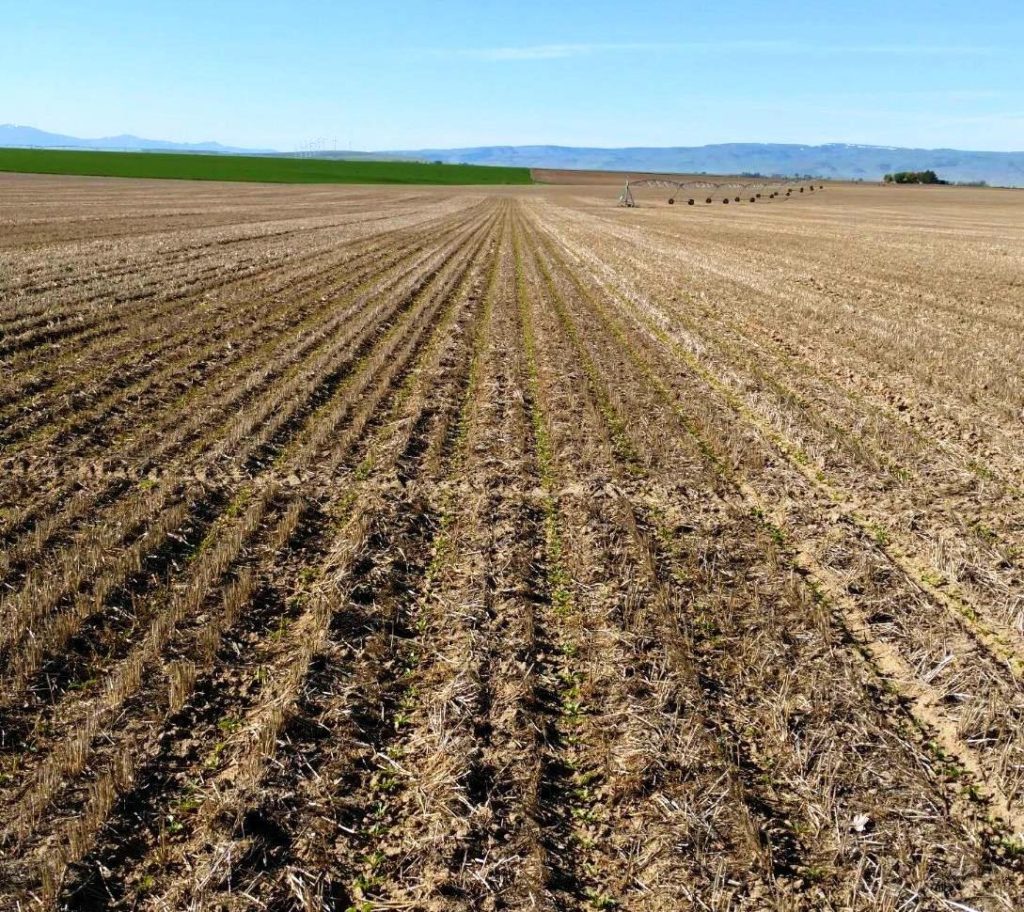Reduce Tillage Methods for Sugarbeet Production
Conservation practices and sugarbeet production have not always come together. However, growers in the U.S. are making advances with conserving their soil by implementing reduce tillage methods in sugarbeet production. Since the introduction of Round-Up Ready technology in 2008; sugarbeet growers can control weed populations in conjunction with soil conservation practices. Conservation practices include strip-till and direct seed planting which are showing some promising results for soil health and economic benefits.
Reduce Tillage Methods for Sugarbeet Production
Strip-till technique creates a 6-7 inch band tilled into the soil so the seeds can be planted in the strip. Fertilizer is placed in the band to provide better fertilizer utilization. In heavy soils, growers like to strip-till in the fall to allow the soil to settle for better seed to soil contact. Some growers opt to strip-till in the springtime especially if they use cover crops to feed cattle. Growers are learning how to use strip-till equipment to grow crops that at times gets better results than conventional or traditional tillage methods.

No Till Planter | Photo Courtesy of Reed Bowen, Amalgamated Sugar
Direct Seed planting is gaining the attention of more and more sugarbeet growers. Direct seed works especially well following a small grains crop. Residue management is required when harvesting the small grains to ensure even distribution of chaff and if too much straw is left growers have found it beneficial to remove some by baling. Controlling the regrowth of small grains is important in a direct seed planting to ensure the sugarbeet seedlings can emerge.
Another issue growers may encounter with crop residue left on the soil surface is that the soil will not warm as fast in the spring. To overcome this challenge Germains’ Xbeet seed priming helps overcome cooler soil temperatures and inconsistent soil conditions. Xbeet improves the speed and uniformity of the sugarbeet’s emergence.

Reduce Till Methods |Photo Courtesy of Reed Bowen, Amalgamated Sugar
The Benefits of Reduce Tillage Methods in Sugarbeet:
- Improve Soil health, less soil loss to wind and water erosion
- Improved water infiltration and efficiency
- Adds economic value by allowing for fewer trips across the field
Growers have found reduce tillage beneficial by yields equaling conventional tillage while also saving time and money. Reduce tillage in sugarbeet production does not fit all growers programs for raising sugarbeets. However there are enough growers that have situations where reduced tillage may improve soil health and provide cost savings.

Emerging Sugarbeets | Photo Courtesy of Reed Bowen, Amalgamated Sugar
The benefits of reduce tillage are appealing to growers. If fact, many are considering implementing trials on their farm to see if it works for them. Xbeet® priming is an excellent tool for growers to utilize when combined with conservation tillage practice such as strip tilling. For more information about Germains seed technologies for sugarbeet or the cultivation methods highlighted please contact David Bateman.
